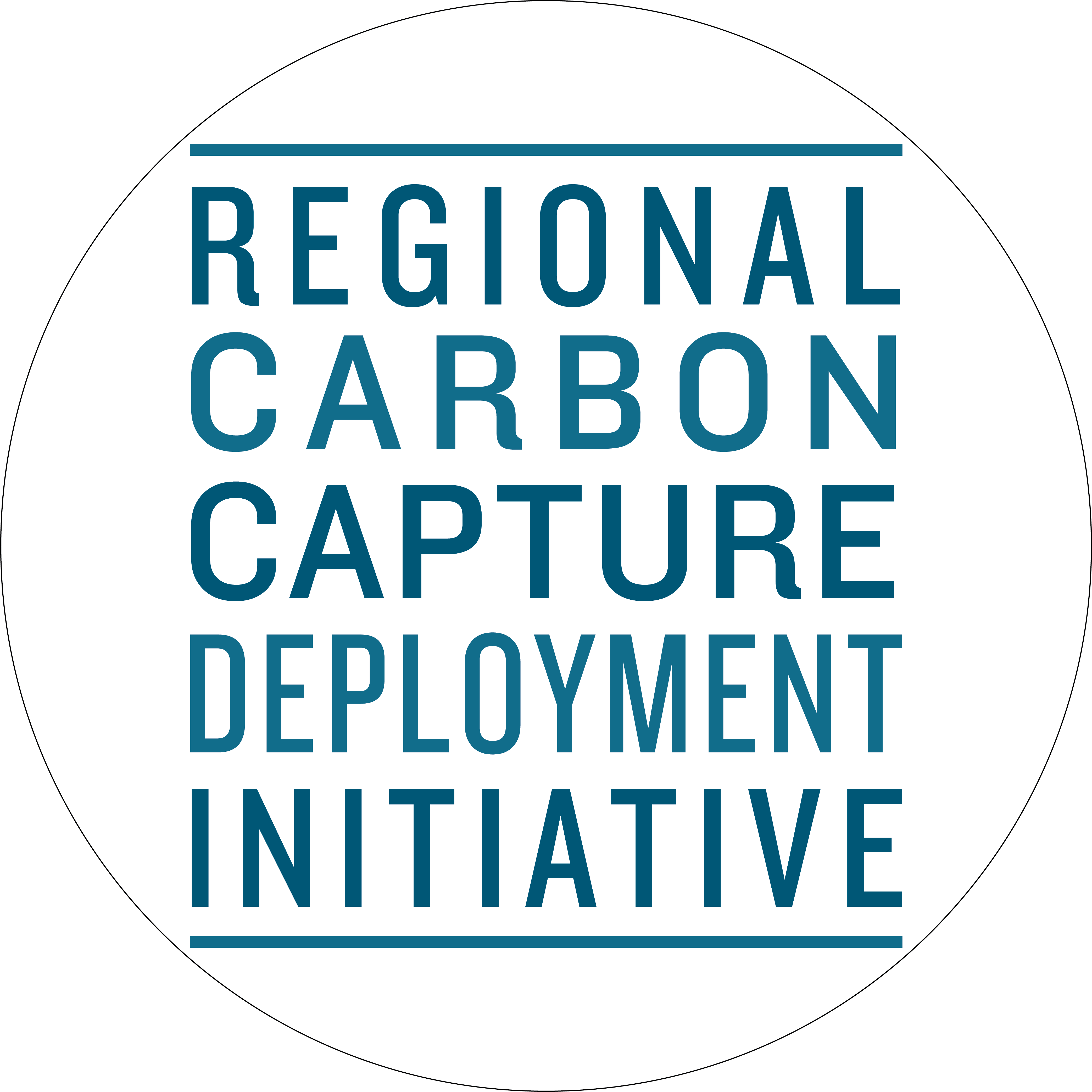Carbon dioxide pipelines have an excellent safety record over the 50 years they have been operating in the United States (US), with only one reported injury and no fatalities. This factsheet provides an overview of carbon dioxide pipeline management and the history of operation.
Pipeline safety oversight is administered by the Pipeline and Hazardous Materials Safety Administration (PHMSA). PHMSA continues to enhance safety measures related to carbon dioxide pipelines to ensure they are operated at the highest standards. There are many steps that pipeline operators must take to ensure their pipelines are safe, as well as a variety of safety programs that operators must follow. Despite existing and enforced safety regulations, incidents do happen, and it’s essential to know and understand what happens if carbon dioxide is released from a pipeline. In small quantities, the carbon dioxide will dissipate around the pipeline and not create a hazardous situation.
PHMSA’s safety data show that carbon dioxide pipelines have been and can be operated at the highest level of safety by using industry best practices. In the rare case of pipeline incidents, PHMSA can and should hold industry accountable while continuing to assess the existing regulatory framework to ensure that industry can safely scale to meet midcentury decarbonization goals.
